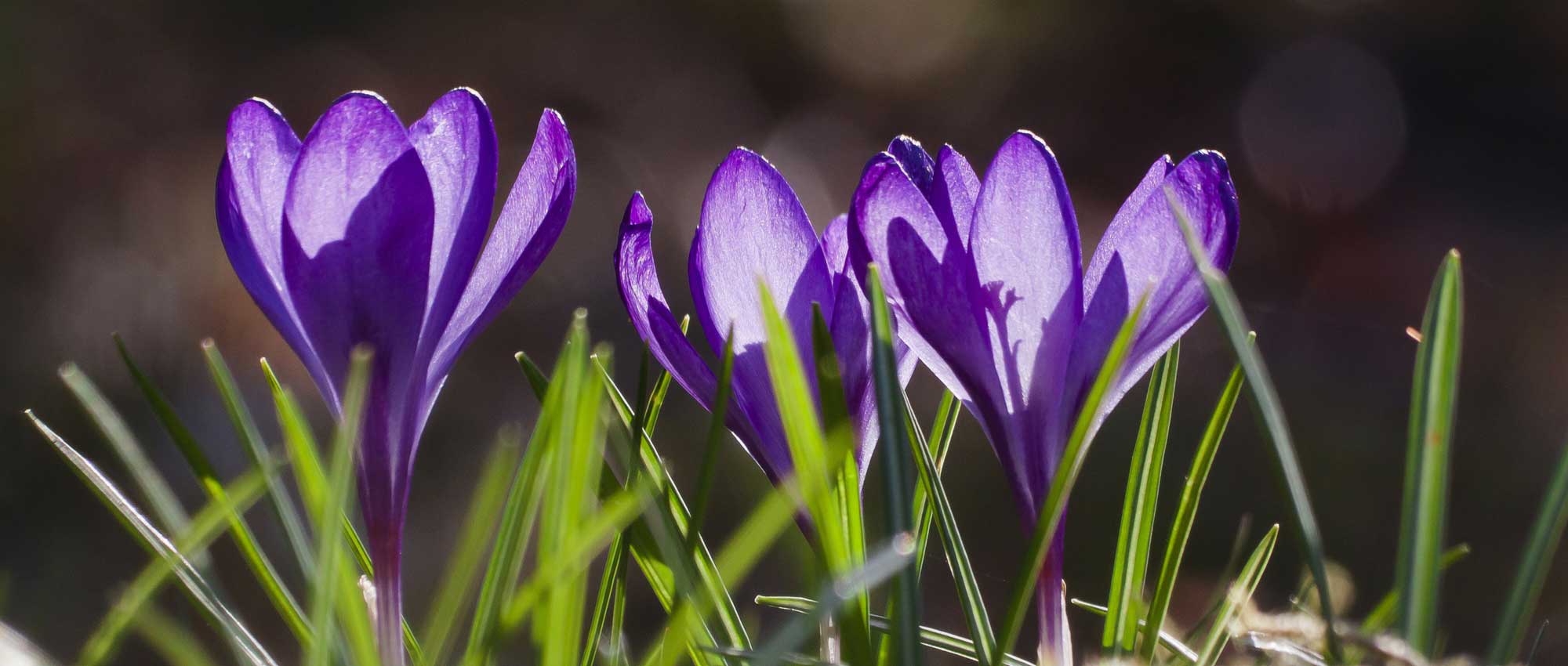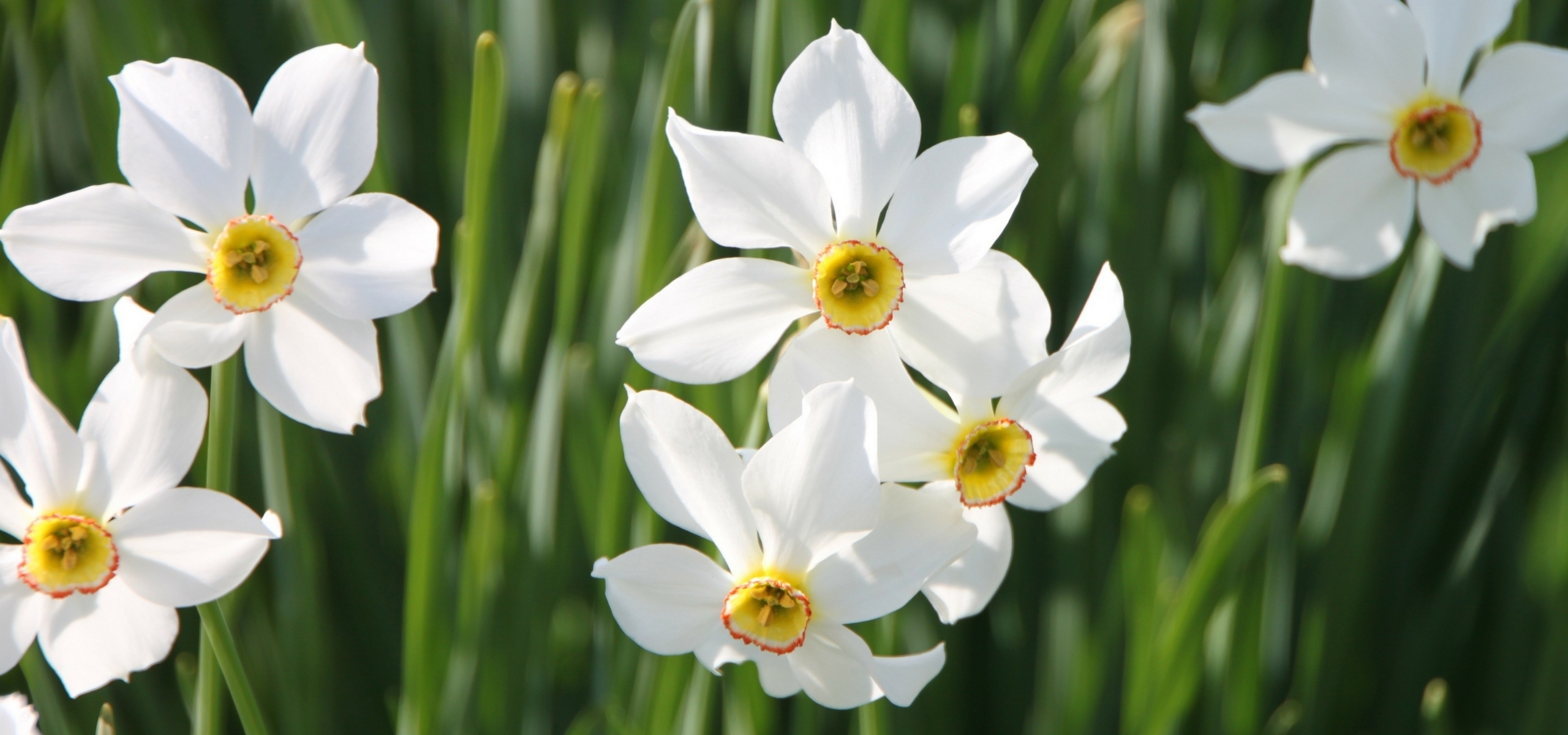

Crocus vernus Pickwick


Crocus vernus Pickwick


Crocus vernus Pickwick


Crocus vernus Pickwick


Crocus vernus Pickwick


Crocus vernus Pickwick


Crocus vernus Pickwick


Crocus vernus Pickwick


Crocus vernus Pickwick


Crocus vernus Pickwick
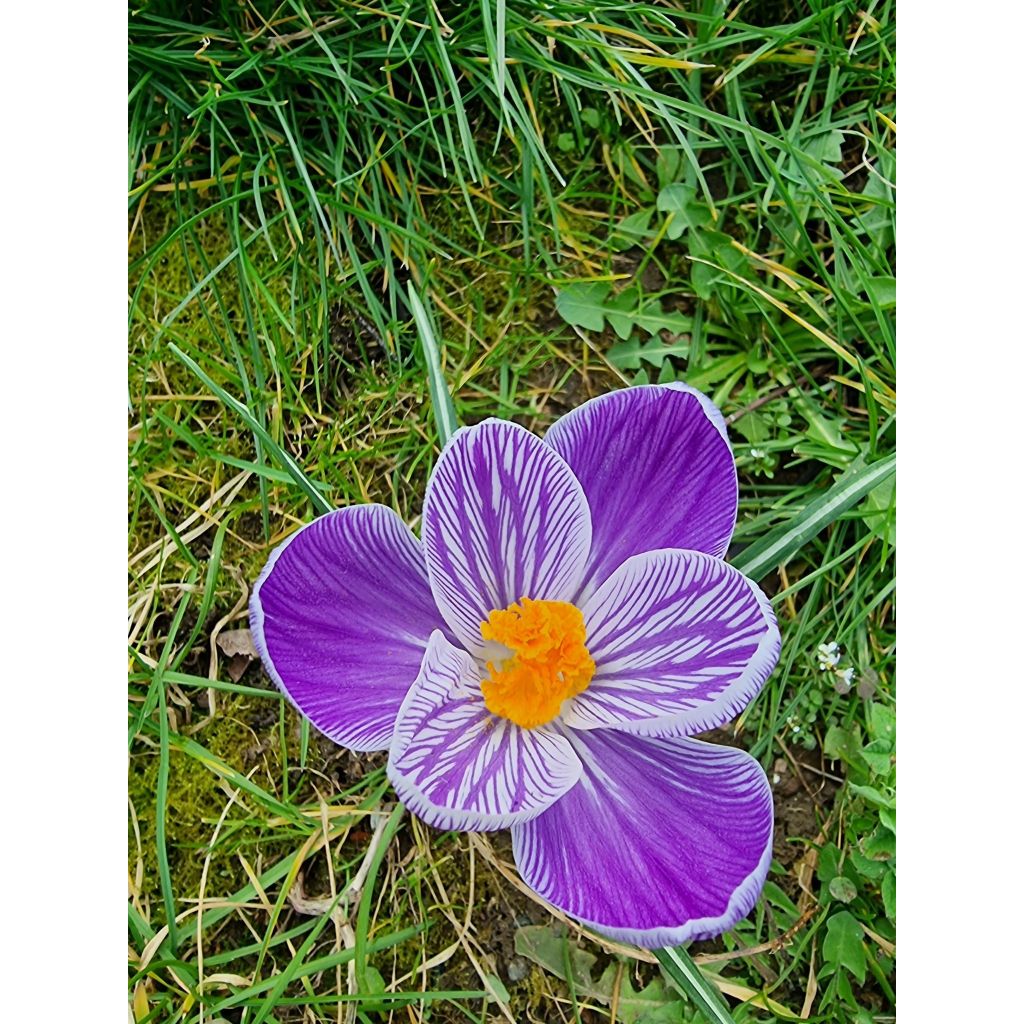

Crocus vernus Pickwick
View more pictures
Hide images

Nelli L.

This is a note for the user.
Nelli L. • 64 FR

Xia B.

No text to translate, therefore no action required.
Xia B. • 69 FR
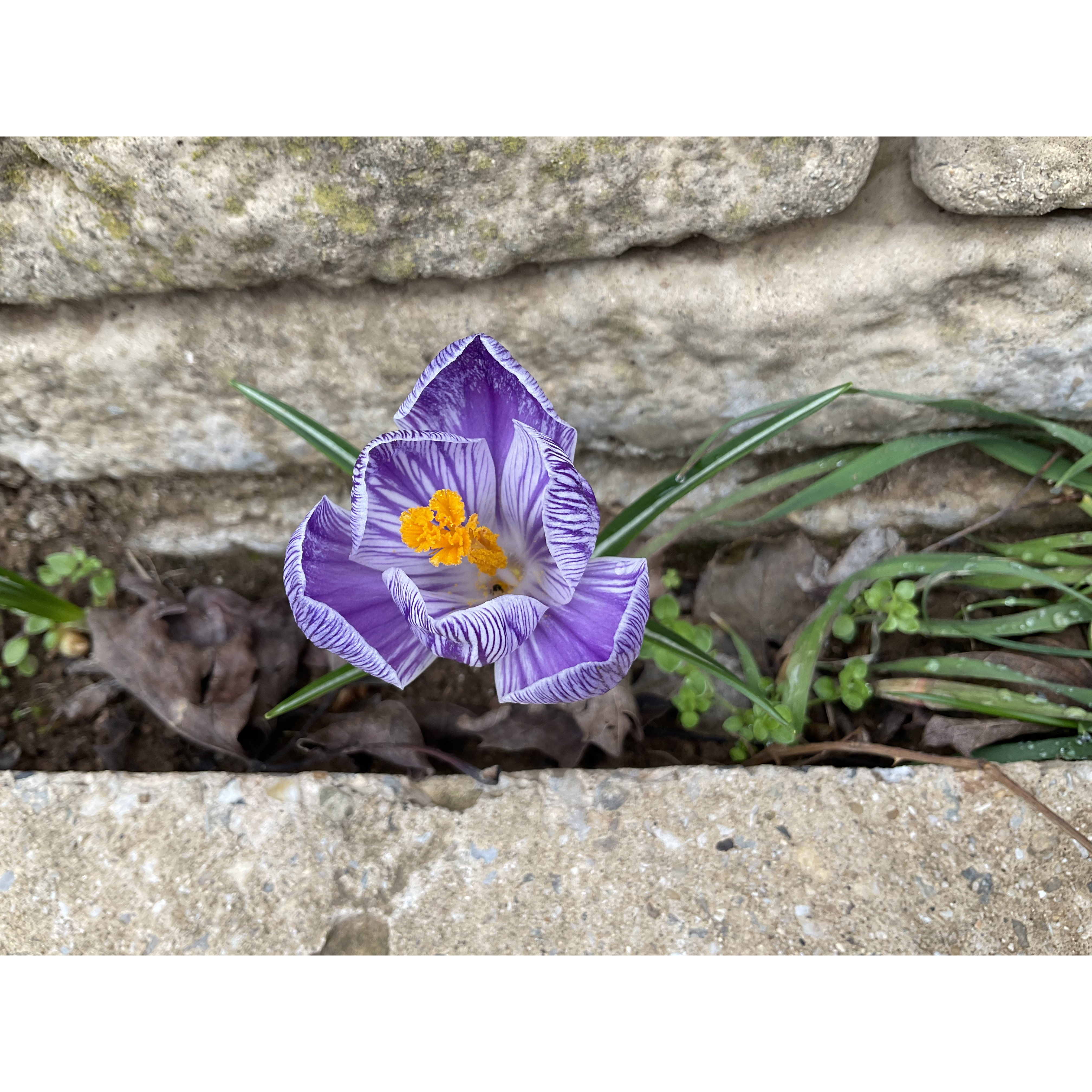
Xia B.

As there is no customer review provided to be translated, I will not be able to proceed with the translation. If you have any other reviews or texts that need translation, please feel free to provide them.
Xia B. • 69 FR
Crocus vernus Pickwick
Crocus x vernus Pickwick
Spring crocus, Dutch crocus
GORGEOUS FLOWERING. THE FIRST ONES TO DELIGHT THE EYES <3
MONIQUE S., 24/03/2024
Special offer!
Receive a €20 voucher for any order over €90 (excluding delivery costs, credit notes, and plastic-free options)!
1- Add your favorite plants to your cart.
2- Once you have reached €90, confirm your order (you can even choose the delivery date!).
3- As soon as your order is shipped, you will receive an email containing your voucher code, valid for 3 months (90 days).
Your voucher is unique and can only be used once, for any order with a minimum value of €20, excluding delivery costs.
Can be combined with other current offers, non-divisible and non-refundable.
This plant carries a 6 months recovery warranty
More information
We guarantee the quality of our plants for a full growing cycle, and will replace at our expense any plant that fails to recover under normal climatic and planting conditions.

Would this plant suit my garden?
Set up your Plantfit profile →
Description
'Pickwick' is a variety of large-flowered crocus called "mammoth," particularly radiant and easy to grow. It is an old variety that still captivates when its large white flowers, veined and streaked with mauve and violet-blue, open on a small cluster of orange stamens. They bloom in February-March, just after those of Crocus chrysanthus, perfectly timed to pierce the winter gloom in lawns, rockeries, and containers.
The 'Pickwick' crocus is a variety derived from the Crocus vernus, the spring crocus, a perennial plant with a corm from the family Iridaceae. Like many horticultural hybrids with spring flowering, this variety produces large-sized flowers. The species itself is native to central and eastern Europe, and, as such, is extremely hardy and well-adapted to our climate. 'Pickwick' forms a clump of dark green linear leaves with a white median in late winter, from which solitary flowers emerge in February-March, born from a pale whitish spathe marked with violet, about ten centimetres tall. On each white corolla washed with pale mauve, beautiful purple stripes and veins appear. In this variety, all the petals have the same patterns and colours (unlike 'King of the Striped', which resembles it). The flowers close at night and in bad weather, only to open wide in the sun, revealing bright orange stamens that are quite stunning.
Crocuses are undisputed stars, as they are the first smiles of spring. 'Pickwick' is a "mammoth" variety, brightly coloured and full of freshness, that you can enjoy here and there in a rockery, at the edge of the lawn or along a pathway as soon as winter ends. When planted in large groups, it forms magnificent flowering carpets over time, with no maintenance required. It also grows very well in pots or containers, to brighten up balconies and terraces. Crocuses prefer to stay in place where they naturalize easily and increase in size year after year. It is just important not to remove the leaves before they wither, as they replenish their reserves after flowering. There are also crocuses that bloom in autumn, such as Sternbergia lutea, saffron, and other autumn crocuses, which are just as charming and easy to grow.
Crocus vernus Pickwick in pictures


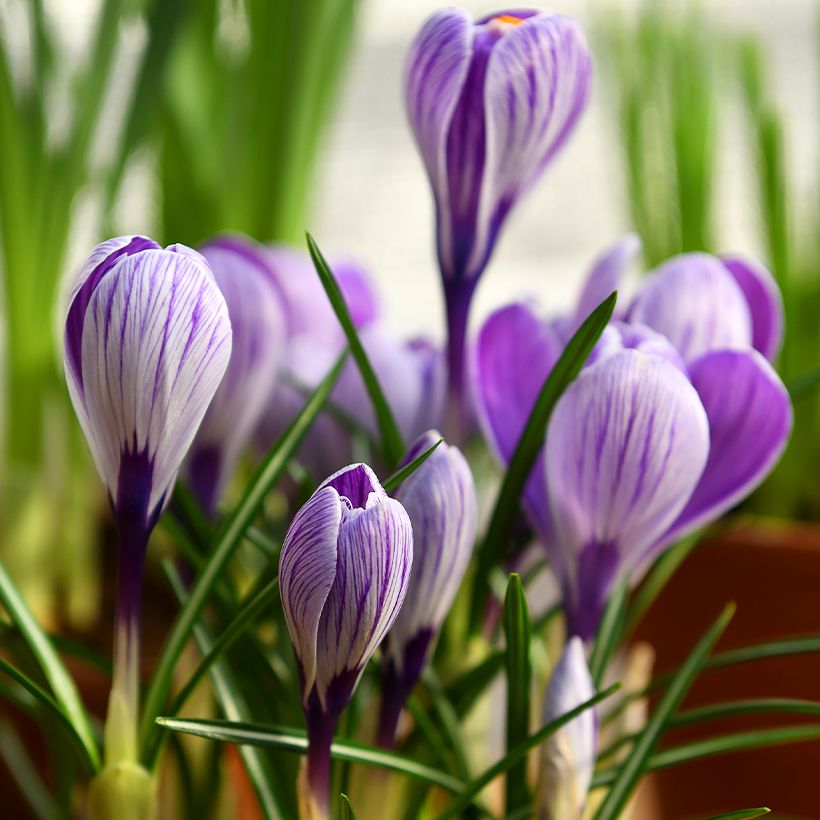

Plant habit
Flowering
Foliage
Botanical data
Crocus
x vernus
Pickwick
Iridaceae
Spring crocus, Dutch crocus
Cultivar or hybrid
Other Spring Crocus
View all →Planting and care
Plant the bulbs from September to December, in light and well-drained soil, at a depth of 5 cm (2in) and with a spacing of 5 cm (2in) or in groups of three every 15 or 20 cm (6 or 8in). After flowering and when the leaves have dried up, you can remove the bulbs and store them in a sheltered, dry and well-ventilated place until the next planting season. However, if possible, it is preferable to leave them in place, provided that your soil is not too wet or waterlogged during the summer. Bulbs prefer to go through their resting period (late spring, summer, after the foliage has dried up) in a rather dry soil. They will form increasingly floriferous clumps.
Planting period
Intended location
Care
Planting & care advice
-
, onOrder confirmed
Reply from on Promesse de fleurs
Haven't found what you were looking for?
Hardiness is the lowest winter temperature a plant can endure without suffering serious damage or even dying. However, hardiness is affected by location (a sheltered area, such as a patio), protection (winter cover) and soil type (hardiness is improved by well-drained soil).

Photo Sharing Terms & Conditions
In order to encourage gardeners to interact and share their experiences, Promesse de fleurs offers various media enabling content to be uploaded onto its Site - in particular via the ‘Photo sharing’ module.
The User agrees to refrain from:
- Posting any content that is illegal, prejudicial, insulting, racist, inciteful to hatred, revisionist, contrary to public decency, that infringes on privacy or on the privacy rights of third parties, in particular the publicity rights of persons and goods, intellectual property rights, or the right to privacy.
- Submitting content on behalf of a third party;
- Impersonate the identity of a third party and/or publish any personal information about a third party;
In general, the User undertakes to refrain from any unethical behaviour.
All Content (in particular text, comments, files, images, photos, videos, creative works, etc.), which may be subject to property or intellectual property rights, image or other private rights, shall remain the property of the User, subject to the limited rights granted by the terms of the licence granted by Promesse de fleurs as stated below. Users are at liberty to publish or not to publish such Content on the Site, notably via the ‘Photo Sharing’ facility, and accept that this Content shall be made public and freely accessible, notably on the Internet.
Users further acknowledge, undertake to have ,and guarantee that they hold all necessary rights and permissions to publish such material on the Site, in particular with regard to the legislation in force pertaining to any privacy, property, intellectual property, image, or contractual rights, or rights of any other nature. By publishing such Content on the Site, Users acknowledge accepting full liability as publishers of the Content within the meaning of the law, and grant Promesse de fleurs, free of charge, an inclusive, worldwide licence for the said Content for the entire duration of its publication, including all reproduction, representation, up/downloading, displaying, performing, transmission, and storage rights.
Users also grant permission for their name to be linked to the Content and accept that this link may not always be made available.
By engaging in posting material, Users consent to their Content becoming automatically accessible on the Internet, in particular on other sites and/or blogs and/or web pages of the Promesse de fleurs site, including in particular social pages and the Promesse de fleurs catalogue.
Users may secure the removal of entrusted content free of charge by issuing a simple request via our contact form.
The flowering period indicated on our website applies to countries and regions located in USDA zone 8 (France, the United Kingdom, Ireland, the Netherlands, etc.)
It will vary according to where you live:
- In zones 9 to 10 (Italy, Spain, Greece, etc.), flowering will occur about 2 to 4 weeks earlier.
- In zones 6 to 7 (Germany, Poland, Slovenia, and lower mountainous regions), flowering will be delayed by 2 to 3 weeks.
- In zone 5 (Central Europe, Scandinavia), blooming will be delayed by 3 to 5 weeks.
In temperate climates, pruning of spring-flowering shrubs (forsythia, spireas, etc.) should be done just after flowering.
Pruning of summer-flowering shrubs (Indian Lilac, Perovskia, etc.) can be done in winter or spring.
In cold regions as well as with frost-sensitive plants, avoid pruning too early when severe frosts may still occur.
The planting period indicated on our website applies to countries and regions located in USDA zone 8 (France, United Kingdom, Ireland, Netherlands).
It will vary according to where you live:
- In Mediterranean zones (Marseille, Madrid, Milan, etc.), autumn and winter are the best planting periods.
- In continental zones (Strasbourg, Munich, Vienna, etc.), delay planting by 2 to 3 weeks in spring and bring it forward by 2 to 4 weeks in autumn.
- In mountainous regions (the Alps, Pyrenees, Carpathians, etc.), it is best to plant in late spring (May-June) or late summer (August-September).
The harvesting period indicated on our website applies to countries and regions in USDA zone 8 (France, England, Ireland, the Netherlands).
In colder areas (Scandinavia, Poland, Austria...) fruit and vegetable harvests are likely to be delayed by 3-4 weeks.
In warmer areas (Italy, Spain, Greece, etc.), harvesting will probably take place earlier, depending on weather conditions.
The sowing periods indicated on our website apply to countries and regions within USDA Zone 8 (France, UK, Ireland, Netherlands).
In colder areas (Scandinavia, Poland, Austria...), delay any outdoor sowing by 3-4 weeks, or sow under glass.
In warmer climes (Italy, Spain, Greece, etc.), bring outdoor sowing forward by a few weeks.




































